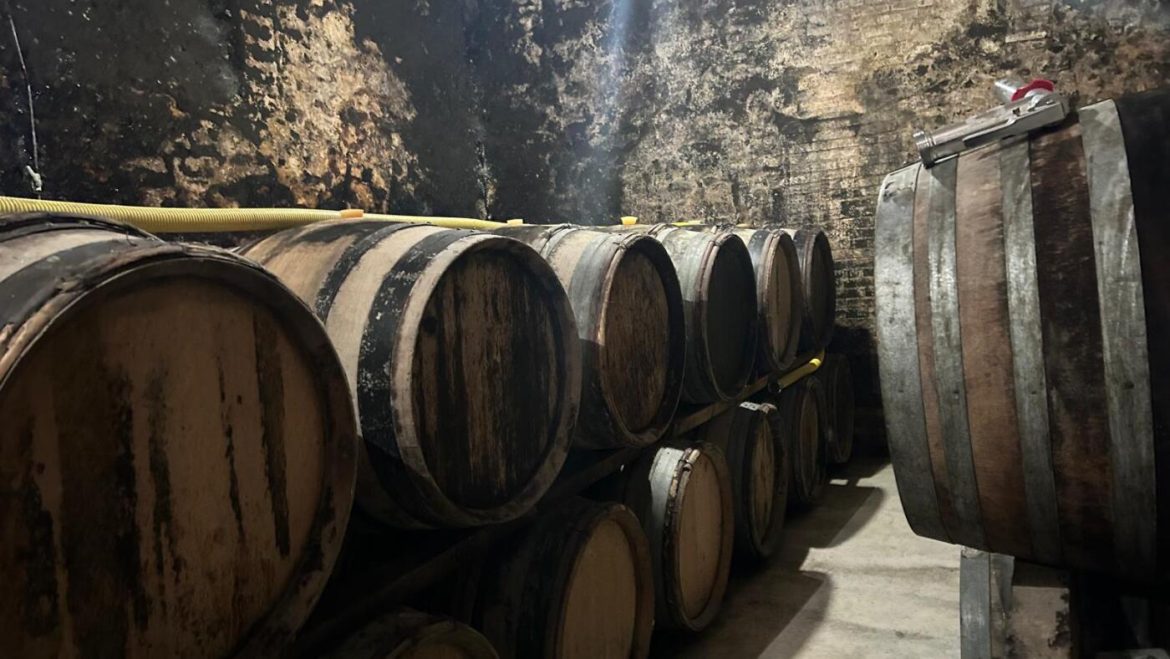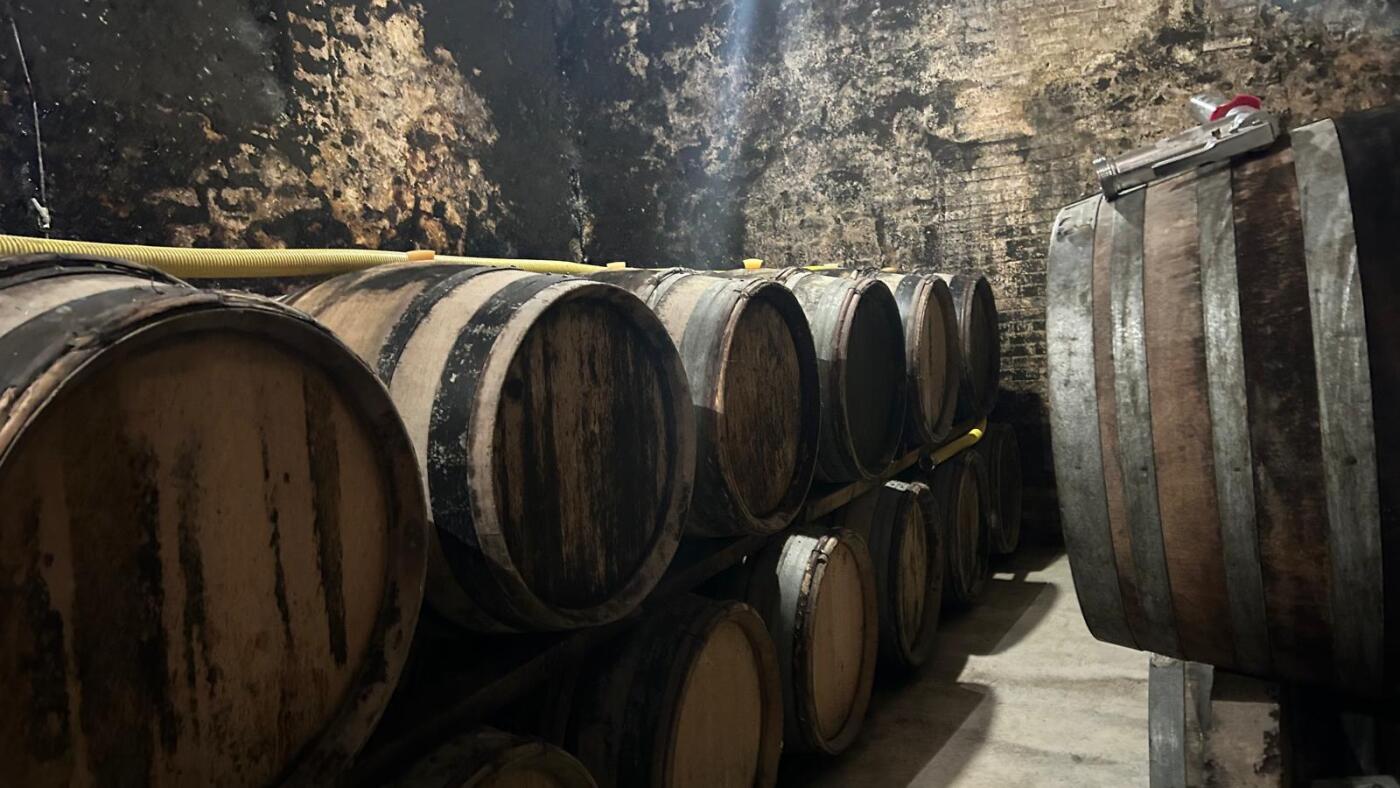The Impact of U.S. Tariffs on French Champagne Producers
The French Champagne industry, renowned for its exquisite sparkling wines, is facing an unprecedented challenge due to the looming threat of U.S. tariffs. The uncertainty surrounding these tariffs has left many Champagne producers questioning their reliance on the U.S. market, which has traditionally been their largest export destination. This analysis delves into the multifaceted impact of these tariffs on the Champagne industry, exploring the economic, strategic, and psychological effects on producers.
Economic Uncertainty and Market Instability
The U.S. market has long been a cornerstone for Champagne producers, absorbing a significant portion of their output each year. However, the announcement of potential tariffs has sent shockwaves through the industry. A 20% tariff on French wines and spirits is causing widespread concern, with smaller producers fearing the unraveling of established relationships with U.S. distributors. The European Commission’s emergency support package aims to mitigate the impact, but industry leaders predict a bleak outlook. The tariffs threaten to destabilize the industry further, with some producers already reporting a decline in sales due to economic uncertainties in both the U.S. and French markets.
Strategic Shifts and Market Diversification
In response to the tariff threats, some Champagne makers are actively seeking stability in other markets, such as Brazil. This shift is driven by a sense of urgency, as producers like Fourny emphasize the need to act proactively to keep their businesses moving. The uncertainty around President Trump’s tariffs has eroded trust in the U.S. market, prompting producers to explore alternative export destinations. This strategic pivot is not just about survival but also about securing long-term growth and stability.
Psychological Impact on Producers
The psychological impact on Champagne producers is profound. The industry, which has long enjoyed a love-hate relationship with the U.S. market, is now grappling with a sense of betrayal and uncertainty. The threat of a 200% tax on European wines and spirits has sent shudders through grand châteaux and small vineyards alike. Producers are not only concerned about the financial implications but also about the erosion of trust and the potential loss of a market that has been instrumental in their success.
The Broader Economic Landscape
The economic landscape for Champagne producers is further complicated by broader global trends. Champagne sales have been sinking for more than two years as inflation-weary consumers both in France and abroad cut back due to rising costs. This economic downturn, coupled with the tariff threats, has created a perfect storm for the industry. Producers are now facing a dual challenge: navigating the economic uncertainties and adapting to the shifting market dynamics caused by tariffs.
The Search for Alternatives
As the U.S. market becomes increasingly uncertain, Champagne producers are exploring alternative markets and strategies. Some are looking to diversify their product offerings, while others are focusing on strengthening their presence in existing markets. The search for alternatives is not just about finding new customers but also about building resilience and sustainability in the face of economic and political uncertainties.
Impact on Smaller Producers
Smaller Champagne producers are particularly vulnerable to the tariff threats. They often rely heavily on the U.S. market and may lack the financial resources to weather the storm. The potential loss of established relationships with U.S. distributors could be devastating for these producers, who may struggle to find alternative markets or adapt to the changing landscape. The European Commission’s emergency support package is a step in the right direction, but it may not be enough to mitigate the impact on smaller producers.
The Future of Champagne
The future of the Champagne industry hangs in the balance. While the immediate focus is on navigating the tariff threats and economic uncertainties, producers are also looking at long-term strategies to ensure the sustainability of their businesses. This includes diversifying their market presence, exploring new product offerings, and building resilience in the face of economic and political challenges. The industry’s ability to adapt and innovate will be crucial in determining its future.
Conclusion: A Crossroads for Champagne Producers
The Champagne industry stands at a crossroads. The threat of U.S. tariffs has forced producers to confront the reality of a changing market landscape. While the immediate focus is on mitigating the impact of tariffs, the industry must also look beyond the current challenges and develop strategies for long-term sustainability. The future of Champagne will depend on the industry’s ability to adapt, innovate, and build resilience in the face of economic and political uncertainties. The road ahead is fraught with challenges, but it also presents opportunities for growth and transformation. The Champagne industry’s response to these challenges will shape its future and determine its place in the global market.


